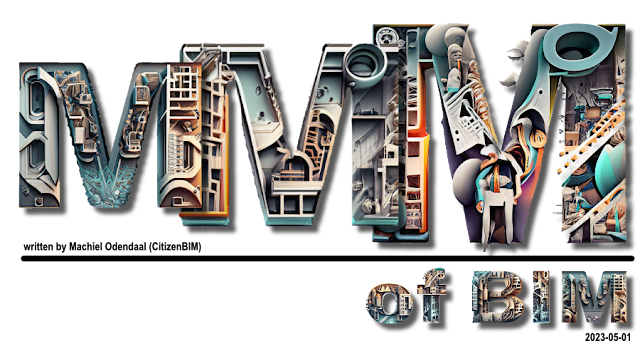BIM and Integrated Design by Randy Deutsch a Book Review from a Reader.
BIM and Integrated Design by Randy Deutsch captivated me from the start, opening my eyes to new ways of thinking in the realm of architecture and technology. The book skillfully combines insightful perspectives on BIM with a focus on the social activities surrounding it. Its engaging narrative and thought-provoking concepts make it a must-read for anyone interested in the intersection of design and technology. Before we delve into my review of the book, let's take a look at a few technical aspects of the book that shaped my overall impression. The book was initially published on 13th September 2011. Fast forward 12 years and one global pandemic, along with numerous political, international, environmental, and technological changes. It's important to note that the book heavily draws upon information and understanding of BIM influenced by the United States. However, it's worth considering that regional perspectives may vary depending on one's background and location. The


